Manchurian tigers, baiji dolphins, and crested ibises are among the animal specimens that show the wonders of life’s evolution. With the official opening of “Life and Environment: Basic collections of the Wanlin Art Museum”, these precious collections will be unveiled, greeting teachers, students and visitors in a new light.
With a vast territory, China is one of the countries with the richest diversity of animal species in the world. The collections of the Wanlin Art Museum consist of 177 species and subspecies of mammals in 38 families and 12 orders, including a large number of rare and endangered wild animals, which can broadly represent the overall picture of mammalian groups in China's major ecosystem types.
More than 140 mammal specimens in this exhibition show the diversity and geographical distribution of birds in China, covering the five major ecosystems on earth and portraying the historical changes and cultural context of Chinese civilization.
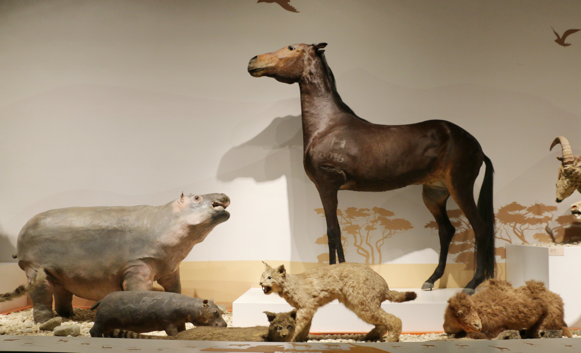
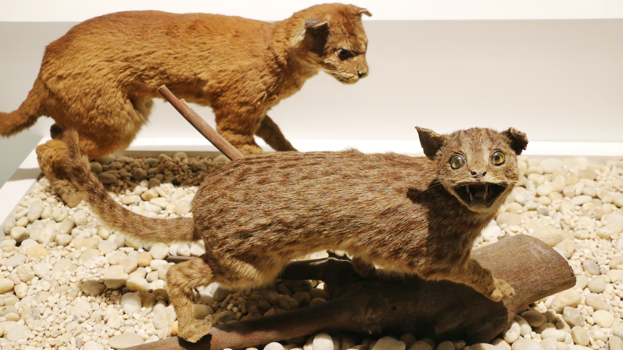
Grassland dwellers, the warriors in verdant grass
Grasslands are not only an important geographical barrier, but also a natural defense against the expansion of the desert, acting as an ecological barrier. On land, grasslands are second only to forests in area. Due to low rainfall, grasslands are dominated by herbaceous plants and trees are rare. Mammals living in alpine areas have formed many biological features adapted to the highland desert environment, such as a well-developed coat, a skin with few sweat gland, fat deposits under the skin and a bigger and stouter body than animals in other areas.

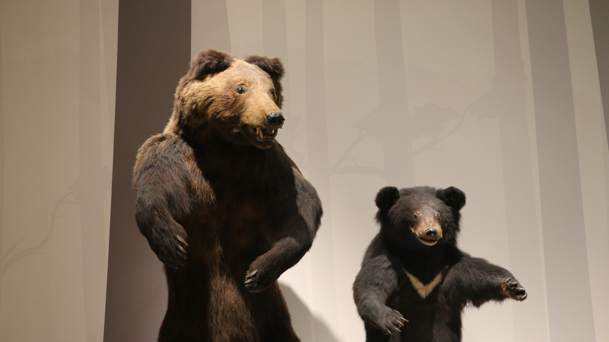
Forest animals, the residents in dense woods
Forest ecosystem refers to the ecosystem of trees, shrubs and herbs like tropical rainforests, evergreen broadleaf forests, deciduous broadleaf and coniferous forests. On land, the forest ecosystem is the biggest ecosystem, rich in marine diversity, and with more hierarchical structures, more complex food chains and with a wide variety of forest animals of different shapes and various appearances.
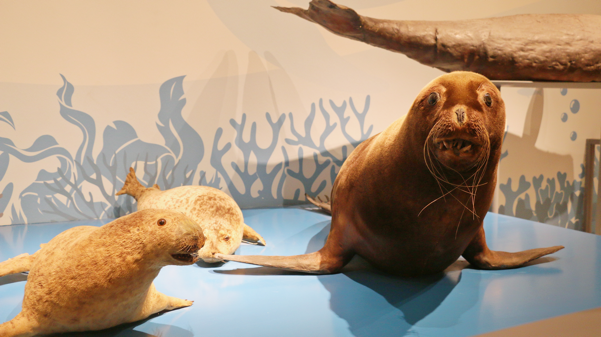
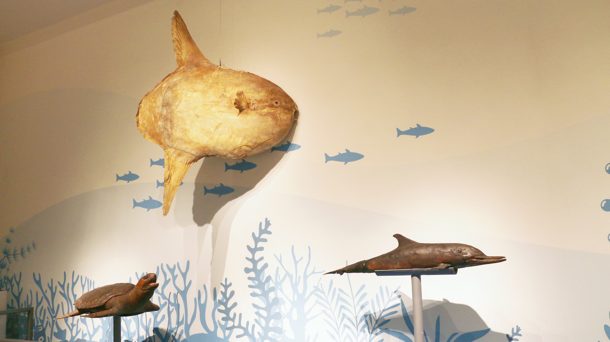
Sea creatures, the hermits in the vast ocean
The marine ecosystem is the largest ecosystem in the biosphere, with the most ecological gradations. Marine ecosystems of different classes form a unified body with certain structures and functions through energy flow and material circulation. Cetaceans, dugongs, and seals are representatives of marine mammals. Along with marine reptiles like sea turtles and sea serpents, various types of fish, invertebrates, marine microorganisms and algae, they make up a diverse and complex marine biotope.

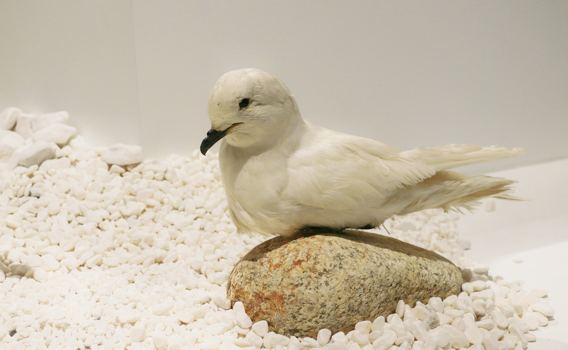
Antarctic animals, the elves in ice and snow
Antarctica, known as the ‘white desert’, is located at the southern tip of the earth. 98% of its territory is covered by snow and ice all year round. The climate is extremely cold, making it the coldest, most stormy and driest land in the world.. Regardless of its harsh environment, it still has its own ecosystem, with one part of its terrestrial ecosystem simple and dominated by lichens, insects and birds. The other part, the marine ecosystem, is composed mainly of algae, krill, fish, sea birds, seals, penguins and whales, which is distinctive with South Pole characteristics.
In addition to mammals, all the other species living on this blue planet today originated from primitive life about 3.8 billion years ago. They have undergone a long time and space transformation, drastic land and sea changes, and a profound evolution of life. Possessing the most complex thinking ability in the world, human beings should take responsibility in the earth's life system. They should look back at the past of the earth, understand the present of life, and look forward to the future of the universe.
Rewritten by Wang Ziyan